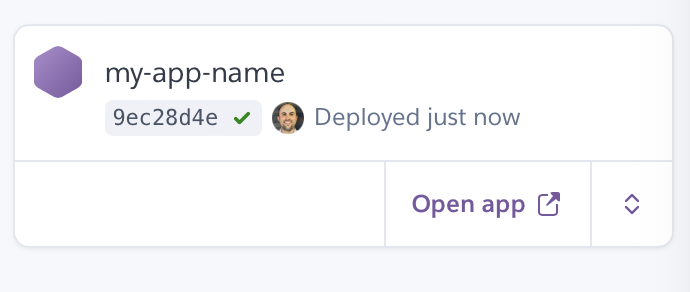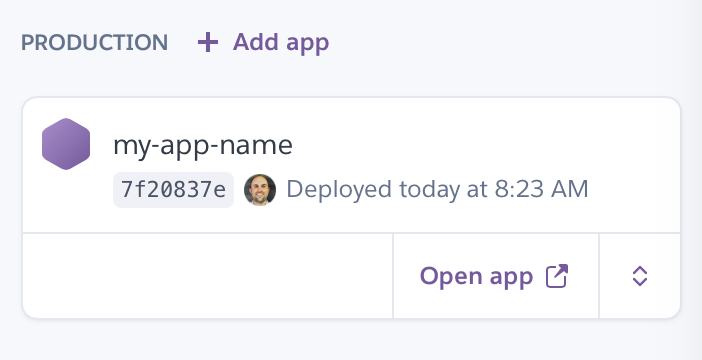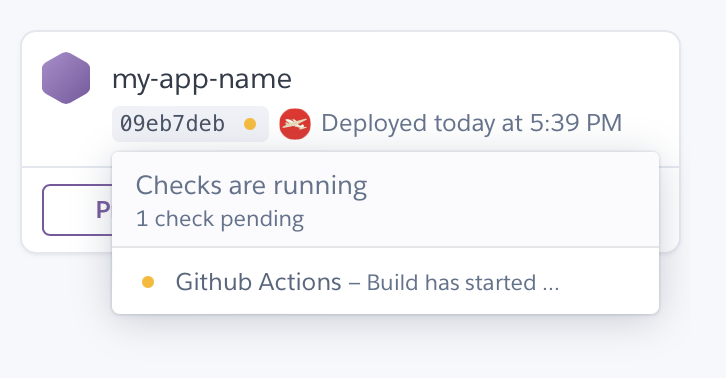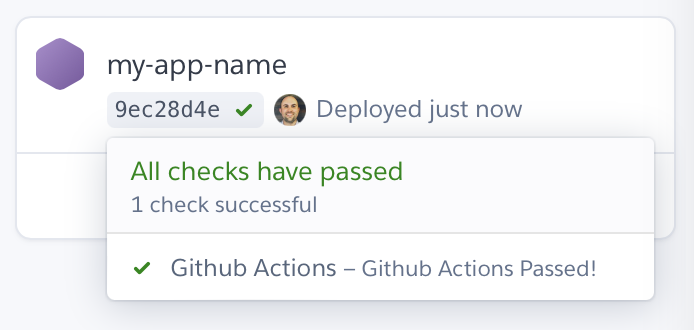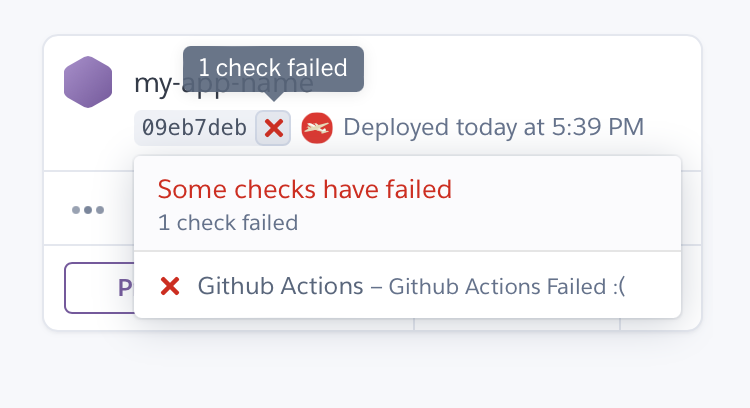It took me a week to figure this out. When I originally tried on the Apple Vision Pro1 last week I thought it was cool, but didn’t plan on keeping it. Where does this type of device fit into my life? The answer for me didn’t come right away.
When you first set up the Apple Vision Pro, it asks you to do basic eye set up and training. This experience was super cool and well done. It didn’t take me long to get used to the idea of “pointing with your eyes”. The window controls are obvious, after you use them once, and worked incredibly well. (Although, it’s hard to shake my habit of looking to the top of a window to close it.)
Environments
The built-in immersive experiences are really fun, albeit gimmicky. I played with a few apps that placed F1 cars and dinosaurs in the room with me. These are great for parlor tricks and getting into the device, but after running them each once or twice I don’t see why I’d ever use them again.
In contrast, the “environments” within Vision Pro are great. There are a few choices for environments including Mount Hood, the Moon, and Yosemite to put around you while you work or play with apps. I love being able to dial in how much of them to see. My preferred setting is to have the environment mostly in front of my perspective, but leaving the side periphery with passthrough to the room around me. There are a few environments that aren’t yet available and say ‘Coming Soon’ when viewed. It seems odd that Apple would include unfinished environments in the main view. I do think there needs to be more of these over time. Even after a week of use I found myself bored with the same view over and over. My favorite setting for the first week: Yosemite. So great.
The Fit
I’ve struggled with the fit of this device. It’s entirely possible that my head is weird here, but the Vision Pro is constantly nagging me about fit. I’m either too close, or too far from the displays. It asks me to move the screens up extremely often. It’s too fidgety.
The solo knit band that was installed on the device by default was comfortable at first, but over time has exasperated my fit issues. I’ve found the dual loop band, which has a strap that goes over the top of your head, much more usable and comfortable for more than a few minutes of usage. I can understand why Apple included both of these bands in the box. I suspect one or the other fits different heads better. I do wish the dual loop band was more soft like the solo band, but for a first version this is good start. I’m hopeful that the third party accessory market will build up over time.
Entertainment
Watching movies and video on the Vision Pro is worth the cost of entry for this device. It’s not exaggerating to say the experience is like sitting in a movie theatre in your own home. I watched the first episode of the new True Detective season the first night I had the Vision Pro. I intentionally started the video scaled down to about the size and placement of the television in my living room. This was totally fine but the real magic is dragging the corner of the video to make it the size of the room itself. I don’t often watch video at this size because I don’t want to move my head to see the full frame, but for a few minutes it’s incredible.
The Apple TV app is, as expected, best in class. Watching a TV+ show is a great experience on Vision Pro and the app itself is carefully designed and well done. I cannot wait to watch live sports with this device. It’s a shame Vision Pro shipped during a time when we have no F1, baseball, or football but I’m excited for later this year.
Speaking of baseball, the MLB app on Vision Pro is amazing. There is a demo feature of a World Series game from last fall with a completely immersive experience. Your perspective includes the live game feed, stats, and a 3D pitch diagram coming right towards you. This is super cool and so fun. I’m unsure if this is just a demo feature, or if it will be available for each MLB.tv game streaming this spring. If it’s generally available, this is going to be incredible.
Watching sports demos on the Vision Pro makes me wish that Apple had acquired the streaming rights last year to the NFL instead of YouTube. This country’s biggest sports league deserves a first-class experience on a device like Vision Pro, and I’m not sure we’re going to get it. At this point there isn’t even a YouTube app, which doesn’t inspire confidence in anything groundbreaking for the NFL.
Speaking of YouTube, it’s a sorely missed app. Apple TV+ and Max are nice services, and I do watch both of them periodically. But the vast majority of my streaming comes from YouTube, YouTube.TV, and Netflix. Neither of these services have a presence on Vision Pro, except for on the web. Browsing and playing video on the web is a terrible experience. Many of the streaming service websites rely on hover states and tiny button targets to function properly, which makes them very difficult to use on Vision Pro.
One bright spot for YouTube is the app Juno by Christian Selig, formerly of Apollo. Juno is very well done, as is to be expected from Selig. But there’s only so much he’s likely able to do wrapping the YouTube site and APIs. A first-party native app for YouTube is sorely missed.
Work
I said that it took me a week to figure this thing out. Well, it took me a week to try using it for work on my Mac. Now I get it! The Vision Pro is an incredible device for doing actual work with a shared screen from a Mac. It’s a game changer for me.
Using my Mac’s keyboard, mouse, and virtual display with the Vision Pro is the experience I was looking for. It’s very far from perfect and I’m hoping will get better in the years to come. But for a version one product, this is fantastic. There is very little latency, and the display resolution of my Mac is plenty clear enough for use.
I’ve been spending about 2-3 hours a day working within the Vision Pro. This is about the max I would use it for each day, and my face is definitely sore from the weight after this usage. I love getting lost in my work with nothing around me but the snow and trees of Yosemite.
I wish I had the Vision Pro back when I was working in an open office space. Slipping this on and having a private, focused environment for work is an incredible experience. Paired with a set of noise-canceling AirPods, this is as immersive and private a working environment as you’ll find.
Working on the Vision Pro is the reason I’m keeping this device. It’s perfect for my use cases. I do not like multiple monitors on my Mac, I prefer a single centered view of everything. This is what the Vision Pro provides. If you’re into multiple monitors and lots of screen real estate, then the Vision Pro is not going to meet your needs. But for a simple single-monitor experience it’s very nice.
I’ve never had much interest in VR headsets before. I’m not a gamer and most of the use cases to date for this class of device have been heavily focused on gaming. We have a Meta Quest 2 in the house and my son uses it constantly for gaming. It’s not my thing. But the Vision Pro is different. It’s a fresh take on an old idea and I can see why Apple is excited about the future here.
It’s very early days for this platform. I’m skipping about a thousand shortcomings in this initial review because they’ll be fixed over time with better hardware and software revisions. It’s heavy. Battery life is too short. There aren’t many apps. The display resolution is amazing, but not good enough. I could go on but this device is incredible. I’m using it more each day, both at work, and at night watching TV and movies.
Apple Vision Pro is a 1.0 release. It’s only going to get better, and I’m here for it.
I’m just going to call it Vision Pro. Saying “Apple Vision Pro” and not using “the” in front of it is dumb. ↩
